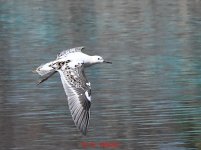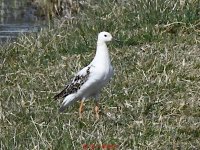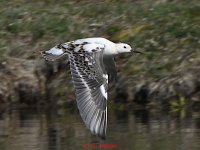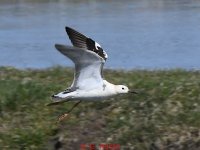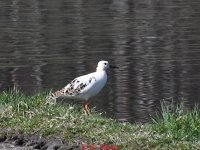Thank you Deb for your detailed answers. I must admit, that at first I thought, that your comment doesnt answer my question about Ruffs with white rump and lower back, but it really does. I am just a field birder and therefore asked with the "rare or out of variation?" background, like the helpful answers from Butty (which echoes my initial thinking). But you can see it from a scientific point of view, very helpful explanaition, thanks again!
More: all Ruffs with extensive white plumage still had a dark rump/lower back and tail as far as I can remember (yes, dark division on uppertail-coverts can be so thin, that they can appear all white). But as you saw one, its time for me to gain more experience with variation of Ruff. Thanks Deb, thats what I am interested in (with birding a hobby for me)!
Isnt that swarm-intelligence (or better experience) at its best?
Another example for this is the recent thread about the strange birdsound from Italy. I was puzzled, when I first heard it, thought a Trush (or maybe an imitating Great Tit) was the best fit, and wrote my comment. But after reading Lous answer, that its a Robin, I realized the true identity. I placed a like-button below his answer, but this is not enough. I have seen and heard many Robins over the years, and developed some deeper interest in this species during the last years, so I looked at them more intensly. And still time for me to learn about such a common species. Thank you Lou!
Back to the Ruff in this thread. As the similar question from Tib78 ("....can anyone provide a picture of a Ruff with extensive pure white plumage on the wing coverts, tertials and scapulars? For example the presence of white on the primary coverts looks very unusual and on top of that the distribution of white looks asymetrical, which is typical of leucism...") hasnt been answered yet (although there are some extremly experienced people around here) and only Deb have seen a Ruff with a white rump (and tail!) before, you have seen an extremly rare Ruff with extensive white plumage parts, Lanugo. Thanks for sharing!





